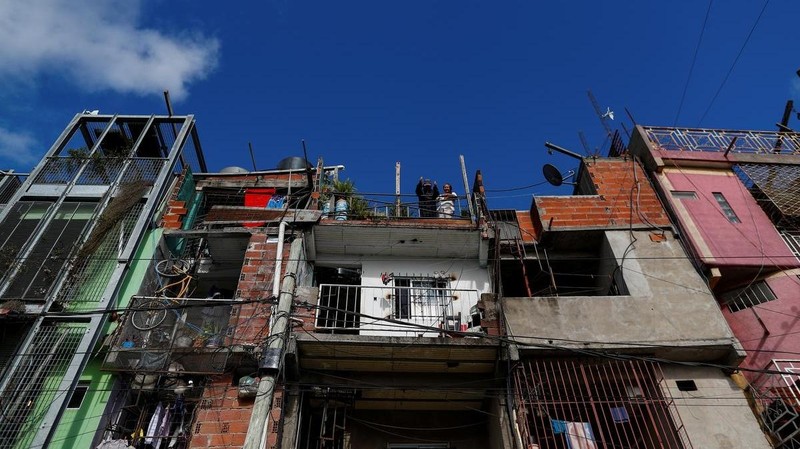The world-wide picture of poverty is gloomy, as the COVID-19 pandemic is threatening to pull back the achievements in global poverty reduction. The proportion of the extreme poor in 2020 is forecast to increase for the first time since 1998, to 29.7%. The percentage of the world’s population earning less than US$ 1.9 a day is expected to increase from 8.2% in 2019 to 8.8% this year.
The United Nations has acknowledged that while the world is not really “on track” to end extreme poverty by 2030 in line with the Sustainable Development Goals set by the UN, the COVID-19 pandemic has pulled back the progresses made over the years.
According to the United Nations Development Programme (UNDP), in the context of a record high unemployment rate, about 100 million people could fall into extreme poverty this year, 1.4 billion children will be affected due to school closures. The global human development index, for the first time, has declined for the first time it was introduced.
Numerous households are likely to fall into poverty due to the loss of income and employment, making many countries and regions struggle further to fight poverty. The World Bank warns that India may have to witness its achievements in the 2011-2015 period reversed.
Nearly half of India’s population is vulnerable, with consumption close to the poverty line and 90% of informal workers facing difficult conditions. The Indian government's US$270 billion stimulus package has only had a limited financial impact and has not been able to provide much assistance to those who lost their livelihoods due to the epidemic.
According to the United Nations Economic Commission for Latin America and the Caribbean (CEPAL), 230 million people, or 36.5% of the region's population, will suffer from poverty this year, an increase of more than 45 million compared to 2019. The Latin American and Caribbean economies are forecast to contract by 9.1%, the most severe recession in a century.
This has led to an increase in extreme poverty and inequality. CEPAL has forecasted that the unemployment rate will increase to 13.5% by the end of this year, meaning that 44 million people will be unemployed. It has been warned that these negative factors will lead to the worst social crisis in Latin America and the Caribbean in decades, widening social inequality.
In Africa, nearly 50 million people are at risk of falling into extreme poverty. According to the African Development Bank (AfDB), about 30% of the continent’s population is now living below the poverty line, although after Oceania, Africa is least affected by the COVID-19 pandemic.
The worst scenario so far forecasted by the AfDB is that between 28.2 million and 49.2 million Africans will fall into extreme poverty this and next year. Nigeria, the most populous country in Africa, is forecast to witness the highest number of extremely poor people this year at between 8.5 million and 11.5 million out of the country’s 200 million people.
In order to contribute to creating a fiscal foundation to help countries support the livelihoods of people, since March, the IMF has provided about US$25 billion to 72 countries under the emergency funding programme without the usual conditions being applied. In mid-April, the G20 and the Paris Club also agreed on a debt service suspension initiative (the “DSSI”) for the poorest countries in 2020.
The epidemic has resulted in an unprecedented socio-economic crisis that is threatening the lives and livelihoods of many around the world as well as posing a great challenge to the UN's Sustainable Development Goals.
However, this is also a time for policymakers to consider green strategies and to build a better and more equal world. The current challenge is also considered a “motivation” for countries to find new directions and open new doors to help the poor have sustainable livelihoods.
















